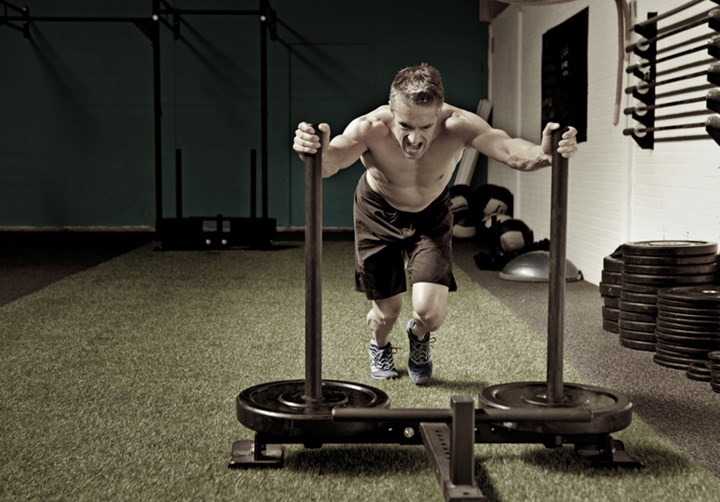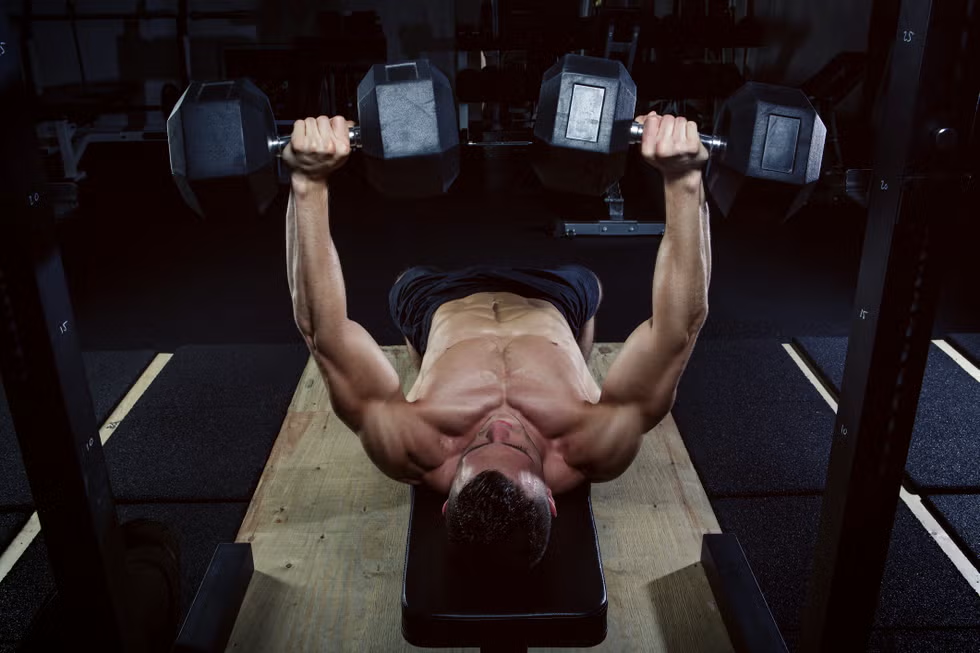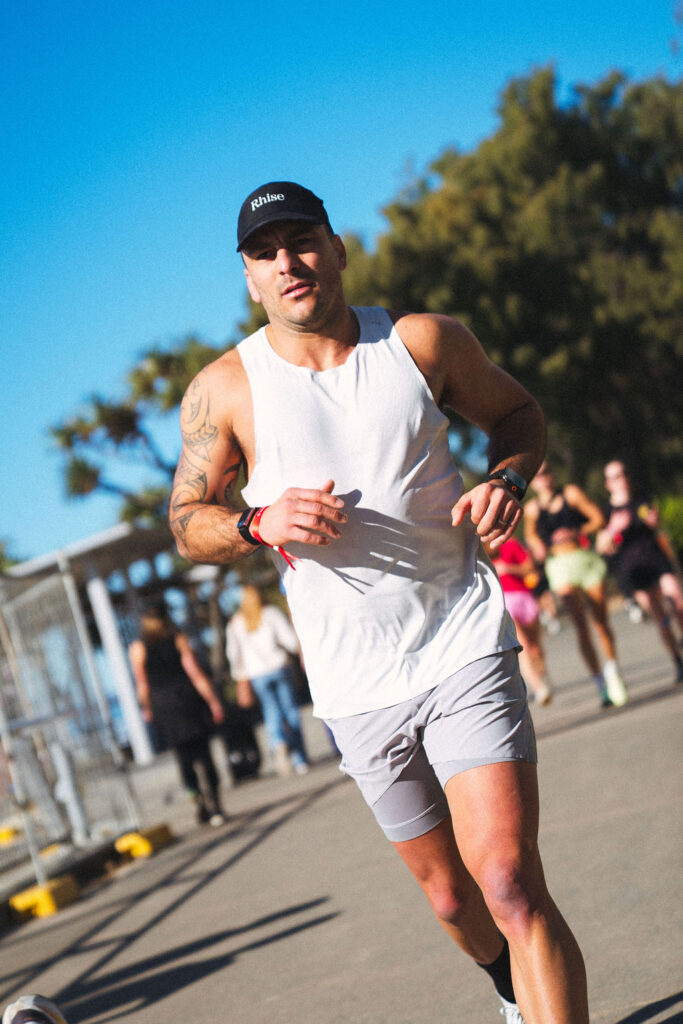You want to get stronger, right? How about packing on more size? Your go-to plan of piling more weight onto the bar isn’t the only way to go about doing that.
Instead, by simply changing the demands of your training, you challenge the muscles of your body in a new way, says Men’s Health training advisor David Jack. Often, you can make small tweaks to your training that will produce noticeable gains.
If you’re looking to make your workout more effective without increasing the amount of weight you lift, you might want to give one or more of these methods a try.
CUT DOWN YOUR REST PERIOD
Rest periods are one of the most crucial—and often overlooked—parts of a successful workout. If you spend too much time in between sets checking Instagram, then you lose the stress or tension on the muscle.
David Otey, strength and conditioning coach and the personal training manager at Equinox Fitness, explains that you may want to decrease your rest period to intensify your workouts and keep your body moving. Keeping a close watch on the clock and challenging yourself that way will help ensure you’re not just coasting through your workout: Each set will feel hard.
That said, there’s a limit to this technique. For instance, you can’t decrease your rest periods to 30 seconds or less and expect to have a solid set — you’ll be too gassed to even come close to completing your reps. But if you’ve been resting for two to three minutes between sets and the amount of weight you’re lifting doesn’t warrant that long of a rest period, try resting for 45 seconds to one minute instead.

CHANGE YOUR STANCE
If you’ve been doing the same squat stance for years, your body is going to become accustomed to what you’re asking it to do. So, instead of adding more plates to the bar, why not try changing the position of your feet?
“By simply changing your base of support, you change the way the body anchors and supports an exercise,” explains Jack.
This can be achieved by tweaking your foot position or by moving to a split stance or single leg stance, as well as by changing machine angles and levels. This changes the base of support, which challenge the muscles. Any of those options can put a nice twist on some sleepy muscles or tired moves.
RELATED: 4 Ways To Tell If You’re Cheating Yourself During Your Workouts
CHANGE UP YOUR HANDS.
Positioning is also important when it comes to your hands, says Otey. Even changing to a neutral grip when performing exercises like back rows and pull-ups helps the long bone in your arm, the humerus, stay in proper alignment with the rest of your body. This will help alleviate shoulder stress, wear and tear of your shoulder joint over time.
And besides preventing injury, this can ultimately clean up your movements—which makes your lifts more effective.
SLOW DOWN THE MOVEMENT
How many times have you powered through a move because you wanted to get it done as quickly as possible? If you find yourself sticking to the same tempo, or speed, for most of your lifts, then changing this up is a great place to start.
“There are three traditional phases of muscle activity during exercise: concentric (a muscle shortening), isometric (a muscle under tension held in place) and eccentric (muscle lengthening),” explains Jack.
A typical tempo on an exercise like a bench press might look as follows: 2-0-1, or two seconds down (eccentric phase or lowering weight to chest), no pause (changing from eccentric to concentric), and then one second up (concentric phase).
Jack recommends you make a slight adjustments to your tempo, which changes the mechanics of the movement a bit and the demand on the muscle. For example, you might try a 3-1-1, which adds another second to the lowering phase and a slight pause at the chest. Jack says this will make the movement feel different, which can result in some muscle soreness you’re not used to, so it’s important to start slow when using this technique.
CHANGE THE POSITION OF YOUR LOAD
Jack says that changing the load position is a sneaky way to throw the body and brain a good curveball.
“By simply changing where you place the weight, you change how your body responds to manage it,” he says.
Think about a dumbbell lunge. When you set up to perform a dumbbell lunge, chances are you drop your arms down straight and hold the dumbbells by your sides. Jack suggests you change things up a bit. Hold the weights by your shoulders, one up and one down, or Zercher style.
Another tweak? You can actually drop the amount of weight you use, and offset the load on one side of the body, hip, shoulder, or overhead. This imbalanced load challenges your core, your balance, and much more.
This article originally appeared on Mens Health















